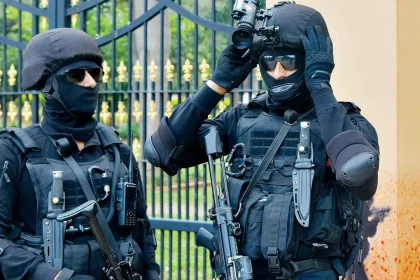NSG Commando Salary & Perks Revealed: Is It Worth the Risk?
The elite National Security Guard (NSG) of India holds a distinguished position within the realm of the country's defence services.…
Indian Army Agniveer Selection 2025 – Full Process EXPLAINED
The significance of the Indian Army's recruitment system cannot be overstated. As the backbone of national security, the military must…
10 Insider Tips to Crack SSB Interview Without Coaching
Understanding the intricacies of the Services Selection Board (SSB) interview process is crucial for aspiring candidates seeking to join the…
17 Uniforms Of The Indian Air Force That You Have To Earn
When you think of the Indian Air Force (IAF), the first image that often comes to mind is that of…
AFCAT 2025 Prep Secrets: Subject-Wise Tips to Skyrocket Your Score
In preparation for the Air Force Common Admission Test (AFCAT) 2025, candidates must embark on a structured journey of study,…
Can an Agniveer Really Become a Para SF Commando? The Shocking Answer!
The question of whether an Agniveer can become a Para SF Commando opens up a discussion about the evolving dynamics…


